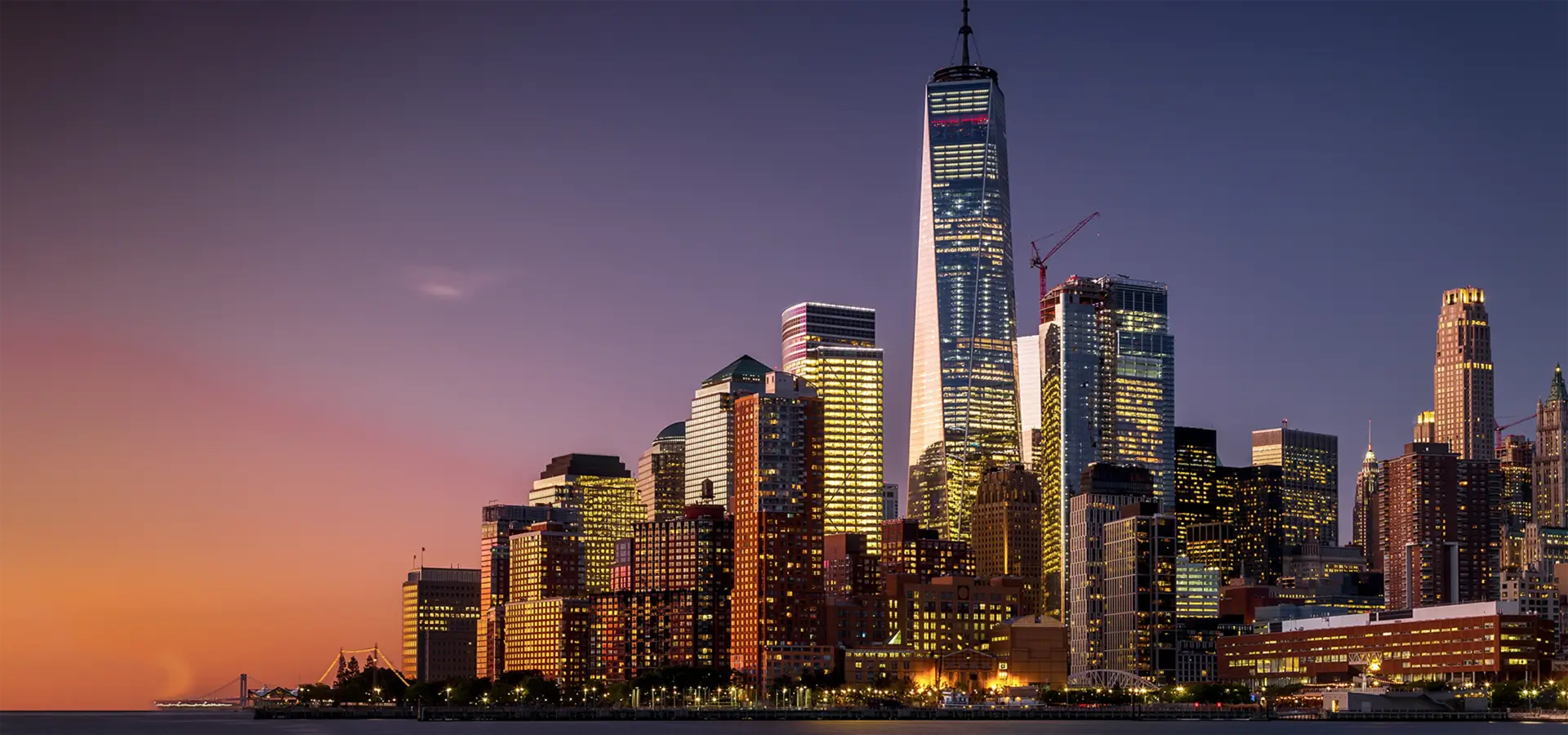

The Innovation of Float Glass Transforming Architecture and Design
Float glass, a remarkable invention in the history of materials, has transformed the way we design and construct buildings. Introduced in the mid-20th century, this process has allowed for the production of flat glass sheets that are not only aesthetically pleasing but also structurally sound and energy-efficient. The term float glass refers to the method of manufacturing that involves floating molten glass on top of molten tin to create a smooth, uniform surface. This innovative technique has led to a myriad of applications across various industries, making it a cornerstone of modern architecture.
One of the primary benefits of float glass is its clarity and consistency. The float glass-making process results in sheets that are free of distortions and imperfections, a quality that is essential for both functional and decorative purposes. Architects and designers appreciate the ability to work with glass that provides an unobstructed view while allowing natural light to permeate interior spaces. This has made float glass a popular choice for windows, facades, and glazed structures in contemporary architecture.
In addition to aesthetic benefits, float glass is inherently versatile
. It can be treated and modified in various ways to enhance its properties. For instance, float glass can be tempered, laminated, or coated to improve its strength, durability, or energy efficiency. Tempered glass is heat-treated to increase its resistance to thermal stress, making it ideal for high-traffic areas and climates with significant temperature fluctuations. Laminated glass consists of multiple layers that enhance security and sound insulation, while low-emissivity (Low-E) coatings improve thermal performance by reflecting heat and reducing energy consumption in buildings.
With rising concerns over environmental sustainability, float glass has become increasingly relevant in green building practices. Many modern buildings are designed with energy efficiency in mind, and float glass contributes significantly to achieving this goal. By utilizing Low-E coatings and insulating glass units, architects can optimize natural daylighting and reduce reliance on artificial lighting, ultimately leading to decreased energy consumption. Moreover, float glass is recyclable, making it an eco-friendly option in the construction industry.
The impact of float glass extends beyond its physical attributes; it has redefined the relationship between indoor and outdoor spaces. Large glass panels and curtain walls have become staples in modern architecture, creating a seamless transition between natural surroundings and built environments. This design philosophy not only emphasizes the aesthetic appeal of glass but also fosters well-being by allowing occupants to connect with nature, enhancing their quality of life.
In conclusion, float glass represents a monumental advancement in material technology that has significantly influenced architecture and design. Its clarity, versatility, and sustainable properties have made it a favored choice among architects and builders striving for innovative and energy-efficient structures. As the push for sustainable construction continues to grow, float glass will undoubtedly play an integral role in shaping the future of architecture, offering endless possibilities for creativity while respecting our environment. Its ongoing evolution reflects the fusion of technology, design, and sustainability, paving the way for a brighter, more transparent future in the built environment.